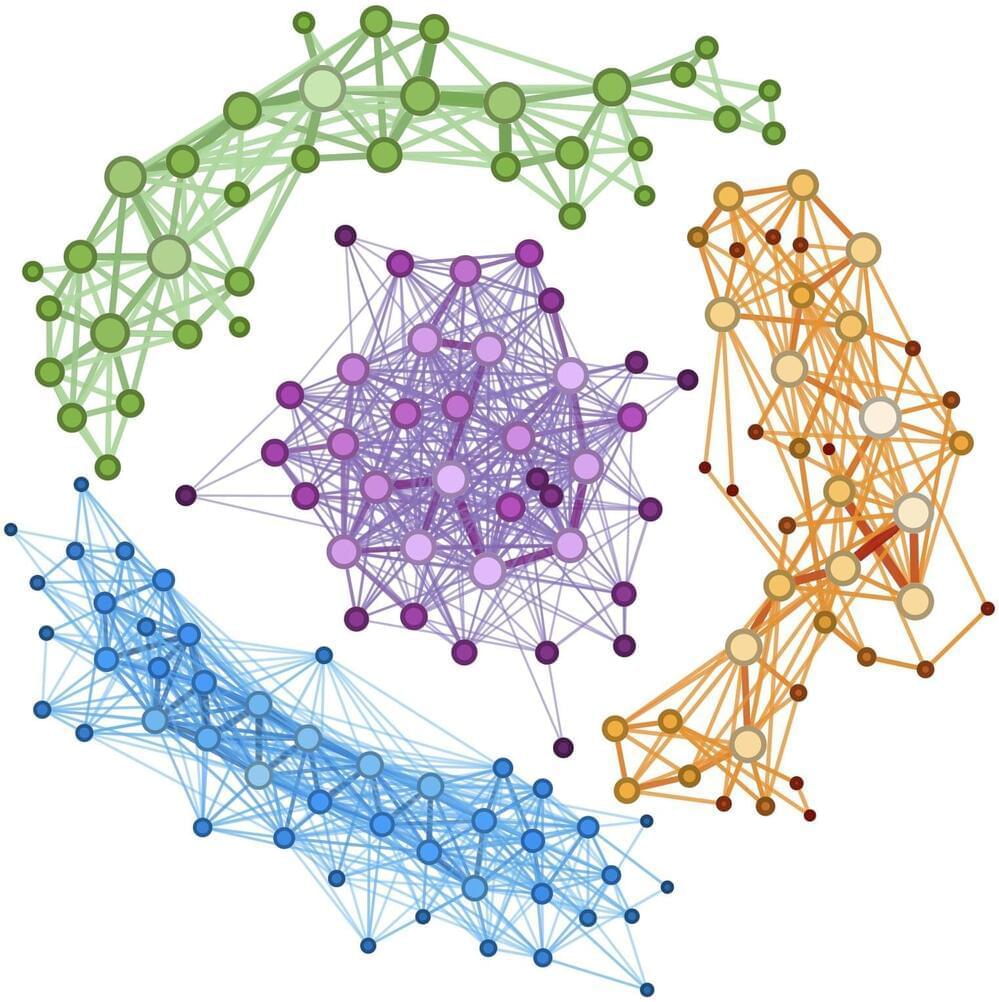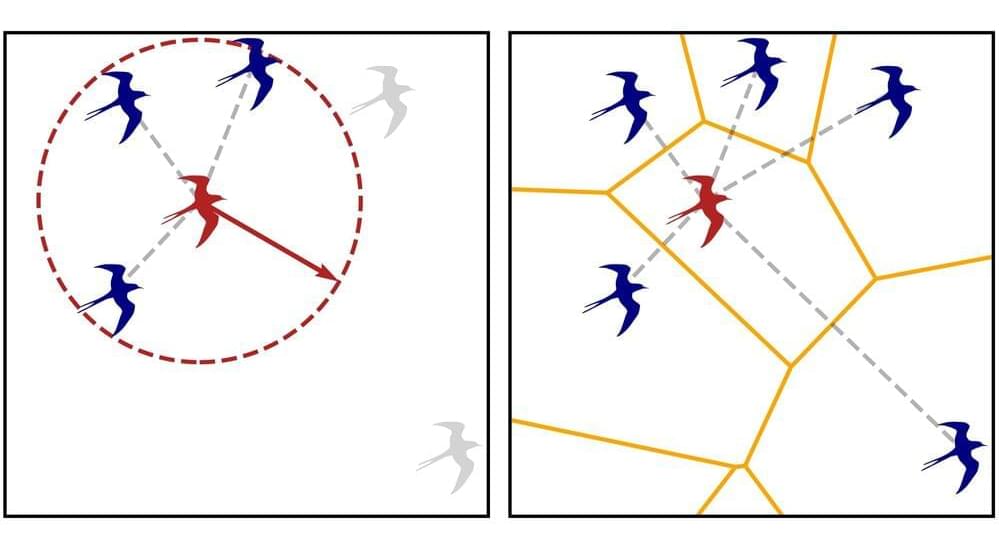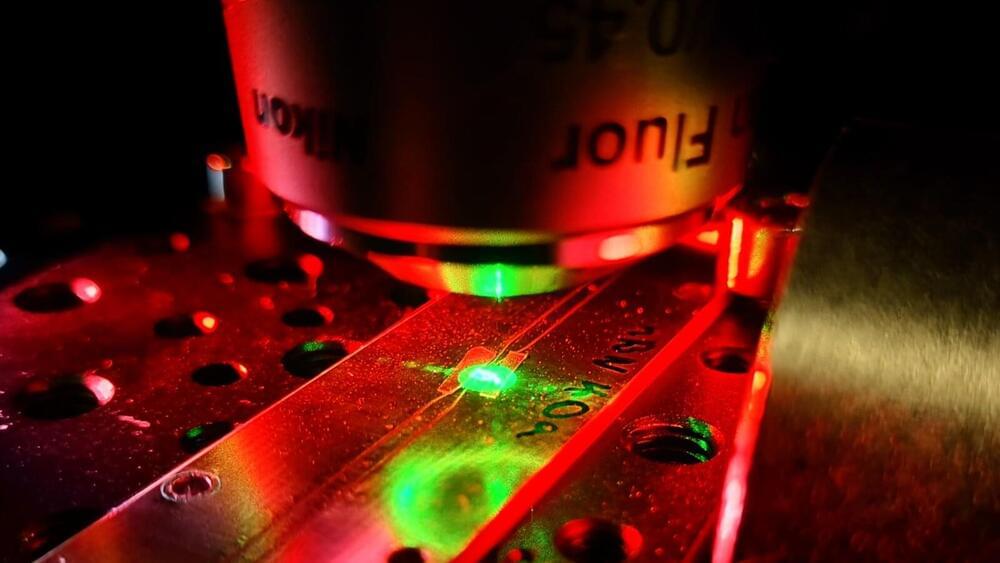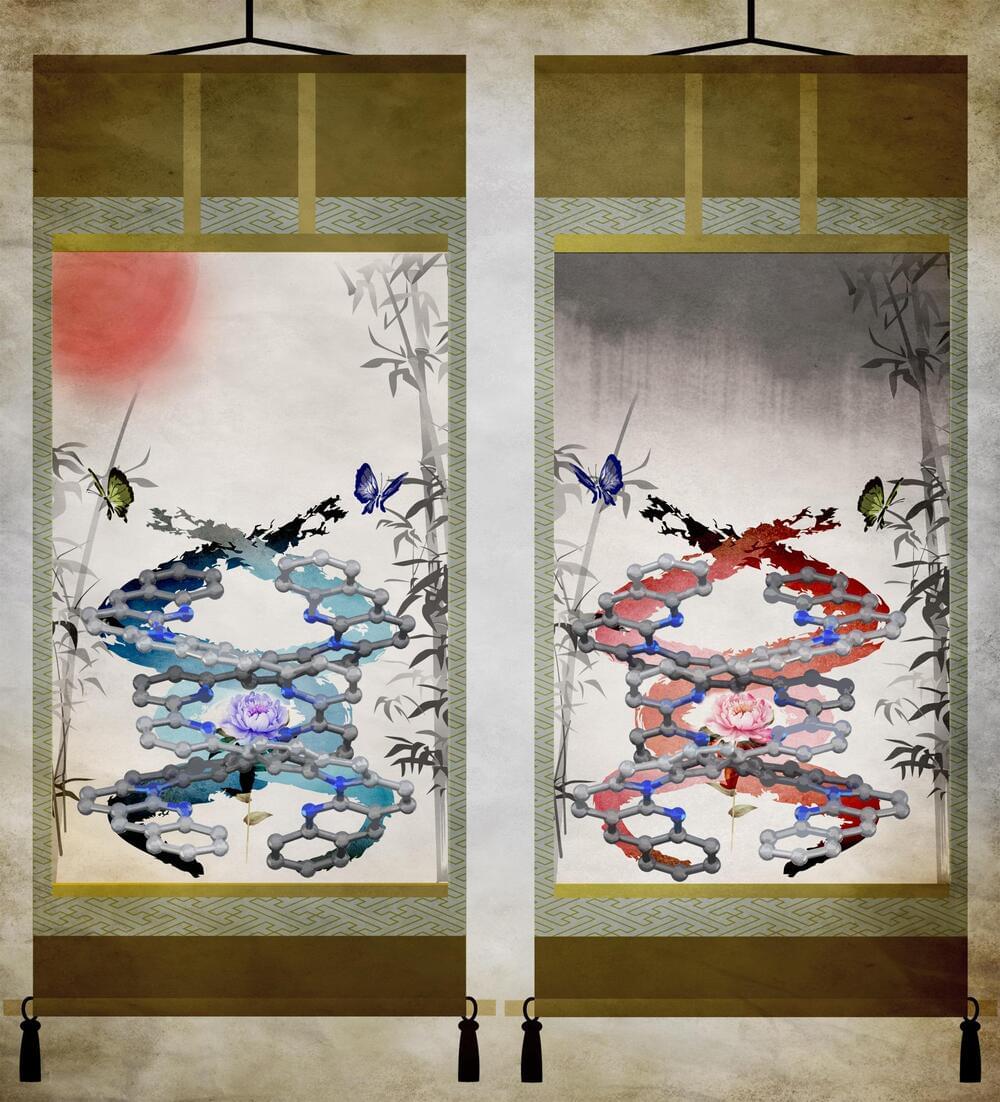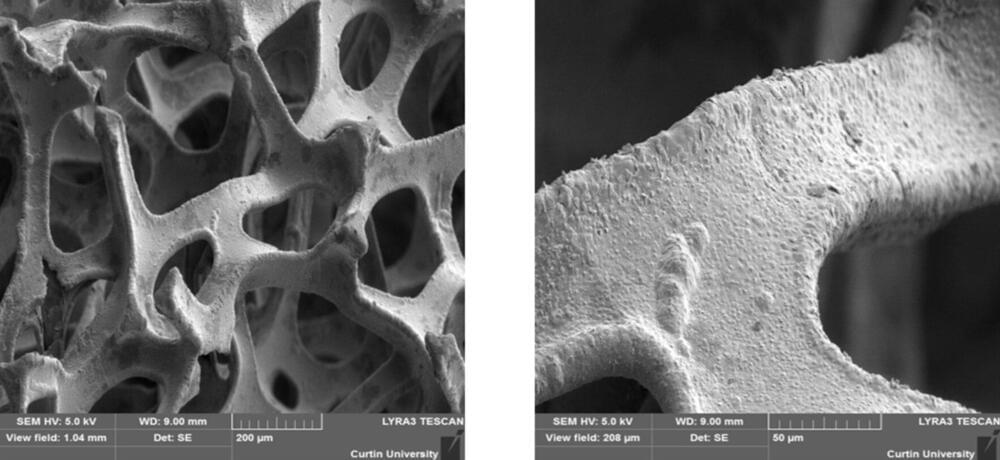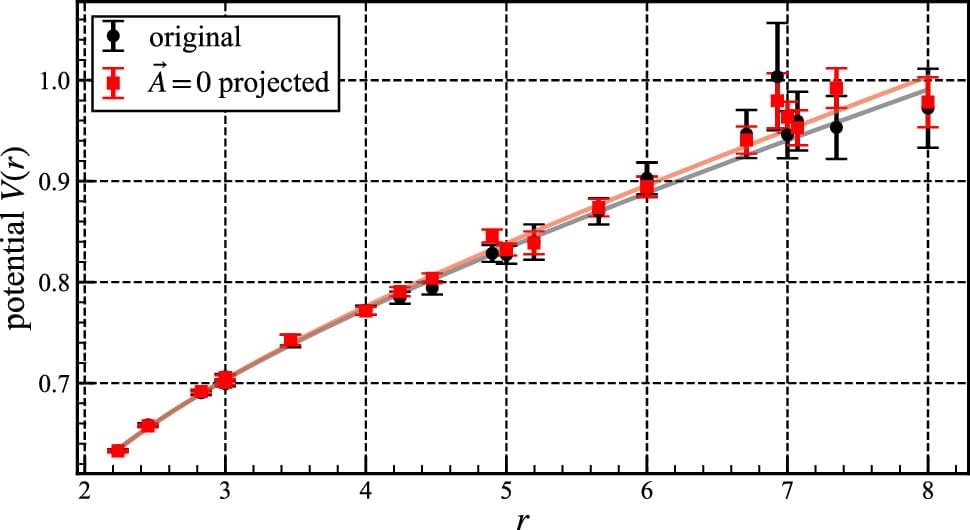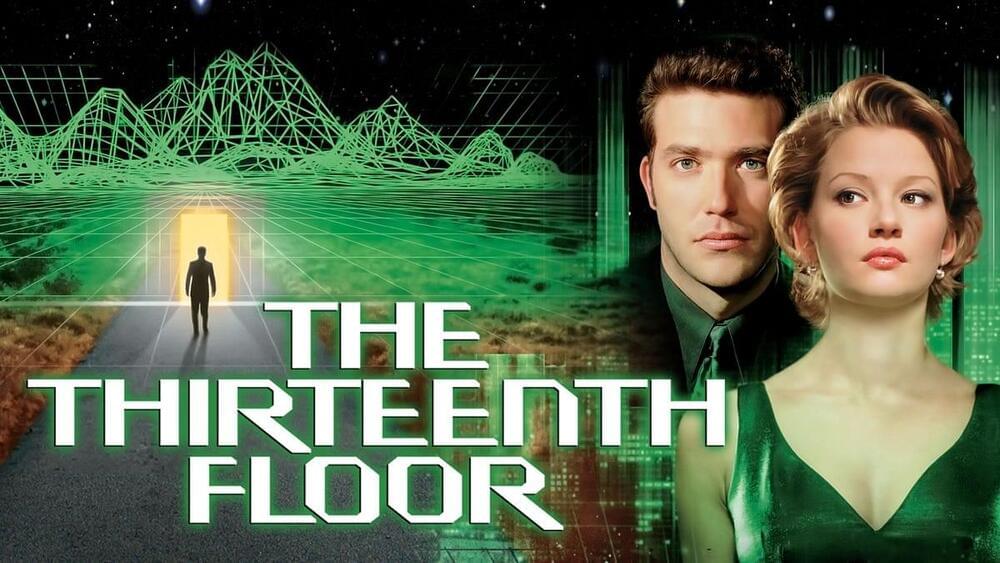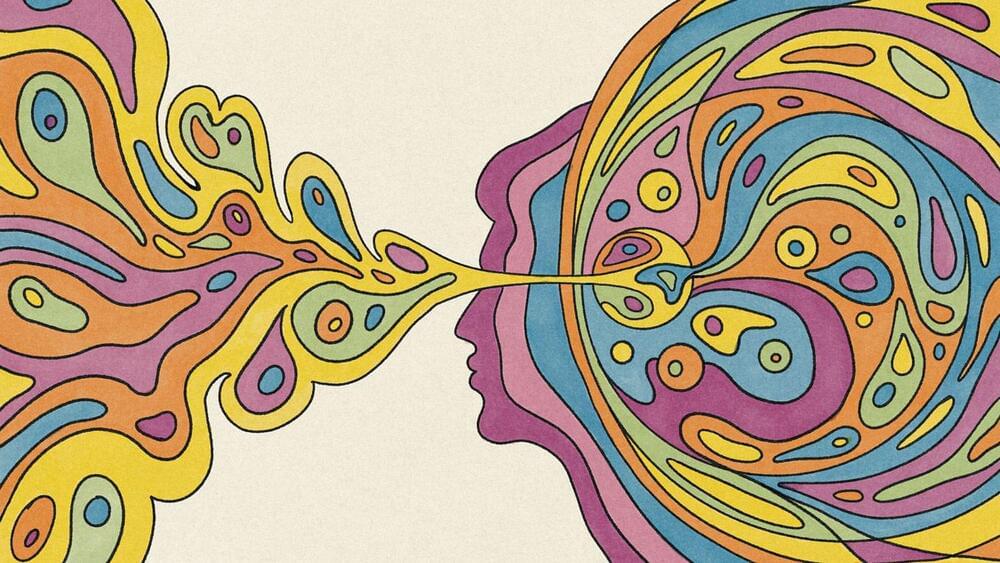Even today, centuries after he lived, Johann Sebastian Bach remains one of the world’s most popular composers. On Spotify, close to seven million people stream his music per month, and his listener count is higher than that of Mozart and even Beethoven. The Prélude to his Cello Suite No. 1 in G Major has been listened to hundreds of millions of times.
A crowd or a flock of birds have different characteristics from those of atoms in a material, but when it comes to collective movement, the differences matter less than we might think. We can try to predict the behavior of humans, birds, or cells based on the same principles we use for particles.
Researchers at TMOS, the ARC Center of Excellence for Transformative Meta-Optical Systems, and their collaborators at RMIT University have developed a new 2D quantum sensing chip using hexagonal boron nitride (hBN) that can simultaneously detect temperature anomalies and magnetic field in any direction in a new, groundbreaking thin-film format.
Mathematical solutions to thorny quantum problems can be found more quickly by exploiting the correspondence between the statistical methods used in deep learning and techniques for implementing quantum simulations, a team led by a RIKEN researcher has shown in a new study published in the Journal of High Energy Physics.
Future optical communication and signal processing systems will require high-volume optical links, wherein photonic integrated devices play a key role. Si photonics is currently among the most advanced techniques for realizing low-cost PIC. However, despite their enormous potential, there remain basic restraints on light modulation in SOI waveguides. The absence of a linear EO coefficient is challenging because of the crystal structure of Si.
Helical foldamers are a class of artificial molecules that fold into well-defined helical structures like helices found in proteins and nucleic acids. They have garnered considerable attention as stimuli-responsive switchable molecules, tuneable chiral materials, and cooperative supramolecular systems due to their chiral and conformational switching properties.
Double-helical foldamers exhibit not only even stronger chiral properties but also unique properties, such as the transcription of chiral information from one chiral strand to another without chiral properties, enabling potential applications in higher-order structural control related to replication, like nucleic acids.
However, the artificial control of the chiral switching properties of such artificial molecules remains challenging due to the difficulty in balancing the dynamic properties required for switching and stability. Although various helical molecules have been developed in the past, reversal of twist direction in double-helix molecules and supramolecules has rarely been reported.
A catalyst that significantly enhances ammonia conversion could improve wastewater treatment, green chemical and hydrogen production.
Aiming at the relation between QCD and the quark model, we consider projections of gauge configurations generated in quenched lattice QCD simulations in the Coulomb gauge on a 16 $$^{\textrm{3}}$$3 $$\mathrm \times $$ × 32, $$\mathrm \beta $$ β = 6.0 lattice. First, we focus on a fact that the static quark-antiquark potential is independent of spatial gauge fields. We explicitly confirm this by performing $$\textbf{A}$$ A = 0 projection, where spatial gauge fields are all set to zero. We also apply the $$\textbf{A}$$ A = 0 projection to light hadron masses and find that nucleon and delta baryon masses are almost degenerate, suggesting vanishing of the color-magnetic interactions.
Warning: Spoilers for both films, The Matrix and The Thirteenth Floor ahead!
This year is the 25th anniversary of both The Matrix (see my article here) and The Thirteenth Floor (released on May 28, 1999). Both films depict what we now call the simulation hypothesis, the idea that we might live inside a computer simulation. In my college-level class that I teach about the emerging field of simulation (titled Simulation Theory: Sci-Fi, Technology, Religion and Philosophy), while The Matrix is the first sci-fi film I assign to my students, the second one is The Thirteenth Floor. While The Matrix is by far the most recognizable popular media depiction of the simulation idea, on this anniversary I am arguing that The Thirteenth Floor may be a better and richer representation of a number of aspects of the simulation hypothesis than even The Matrix.
Then I Am Myself the World Christof Koch Basic Books, $30
The human brain is the most complex information integrator known in the universe. With 86 billion neurons and 100 trillion connections between them, the brain gives us our rich subjective experiences and our capacity for free will — our consciousness.
Despite being a universal human phenomenon, consciousness is notoriously difficult to describe, and scientists still debate how it arises. In Then I Am Myself the World, neuroscientist Christof Koch offers the latest entry into the long list of books attempting to demystify the origins of our inner lives (SN: 1/5/22). While the topic can be a head-scratcher, Koch’s adept use of analogies and entertaining anecdotes — complete with his own near-death experience and psychedelic drug trips — make the book a compelling and surprisingly light read.
